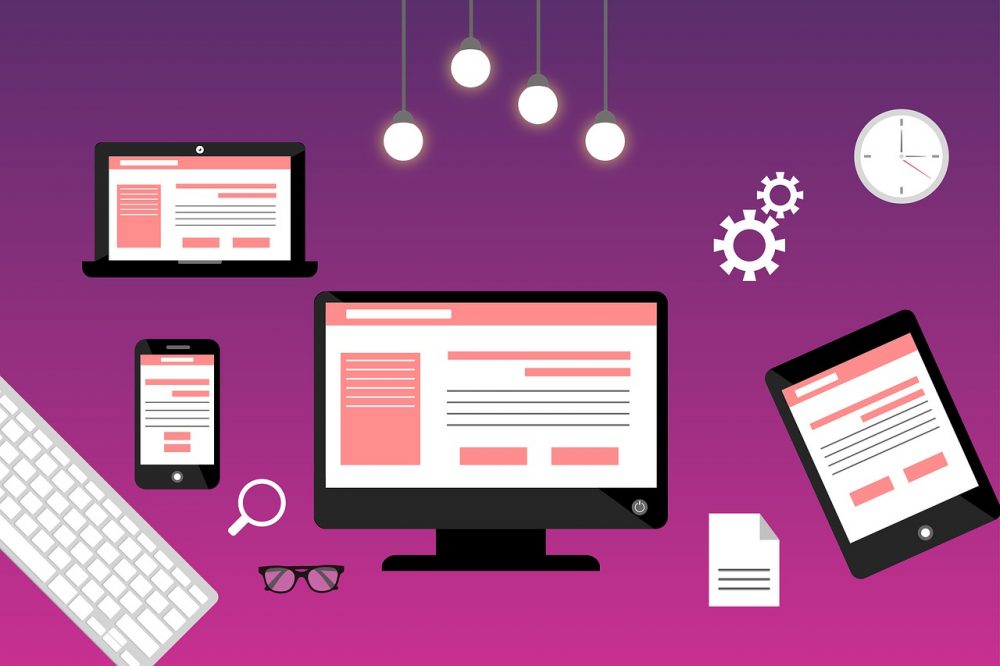
Website design is an ever-evolving and dynamic field. To execute the current design trends, website designers must keep up with industry news, brush up on their abilities, and change their style.
Your WordPress website, however, may have an outdated look unless you’re a professional website designer. Your old WordPress theme may also have a detrimental impact on your online business.
Well, before diving in, one thing to keep in mind is that first impressions are crucial.
The importance of first impressions cannot be overstated. You only have a few seconds to capture a user’s attention on the Internet. You need to understand how to keep up with web design trends and make users interact with your site further.
Any website’s looks and functioning are critical to the success of your marketing plan.
So, let’s learn more on what are the new trends in web design.
Ensure your website follows these 10 web design trends in 2024 to boost your digital marketing strategy and user experience.
1. Website Load Time
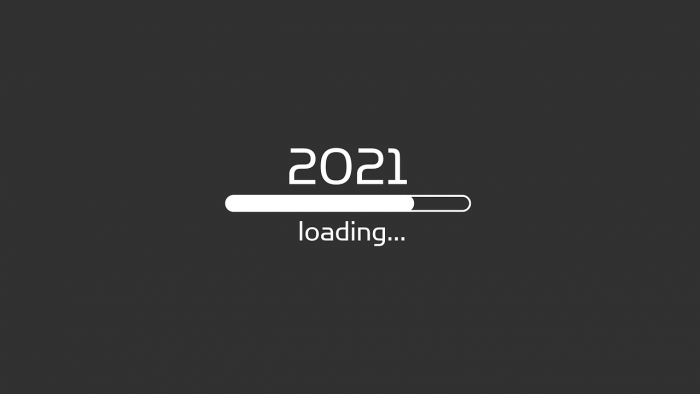
Among the most important modern web design trends is fast load time. For years, fast loading speeds have been an essential aspect of UX and SEO, and they remain a crucial concern for websites that want to rank high and convert better.
According to studies, over half of internet browsers want a website to load quickly within two seconds of clicking a link. Your visitors will most likely depart if your site takes more than three seconds to load, and they are unlikely to return!
2. Personalized Content
Perhaps you’ve viewed a website and then returned to find that the material has changed a few hours or days later. When you first open it on your phone or in a different browser, you see the same material you viewed the first time you visited the website.
It’s no secret that most smart websites keep track of our surfing habits and know where we are.
On the other hand, cutting-edge web companies will urge their clients to employ dynamic content, which is content that is based on past user behavior or what we know about a user. Not cookie-cutter stuff that caters to everyone.
3. Chatbots
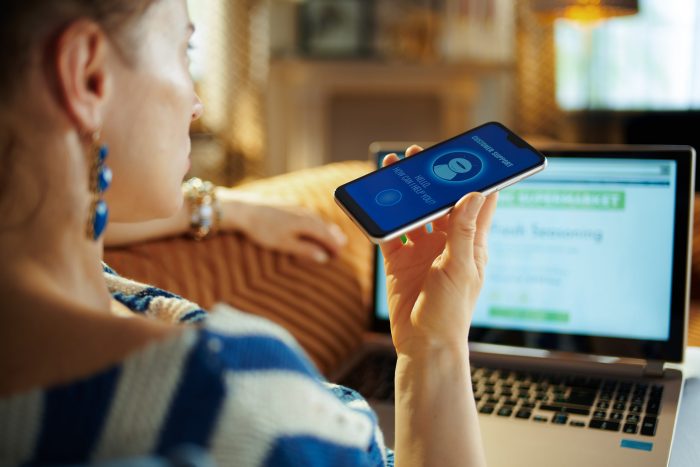
Another feature that has been popular for a few years and will be significant in 2024 is chatbots. We expect chatbots to become the standard for simple customer service queries and “personal shopping” like artificial intelligence and machine learning become more powerful. For more information visit Reviano.
For example, if a consumer comes to your website looking for phone help and the chatbot notices that a free phone upgrade is available, the customer will be notified. The chatbot can inform them of the upgrading. This can provide a great customer experience while also saving the company money on customer service costs connected with speaking with a live person.
4. Voice-Activated Interface
We no longer type into Google to obtain information; instead, we pose a query or make a demand. As a result, web design is evolving to accommodate the growing popularity of voice chatbots and virtual assistants. While voice-activated interfaces aren’t yet ubiquitous on most websites, this burgeoning trend isn’t going away anytime soon.
We should anticipate an increase in the number of websites that offer voice search as an alternative to regular text search.
5. Human Touch
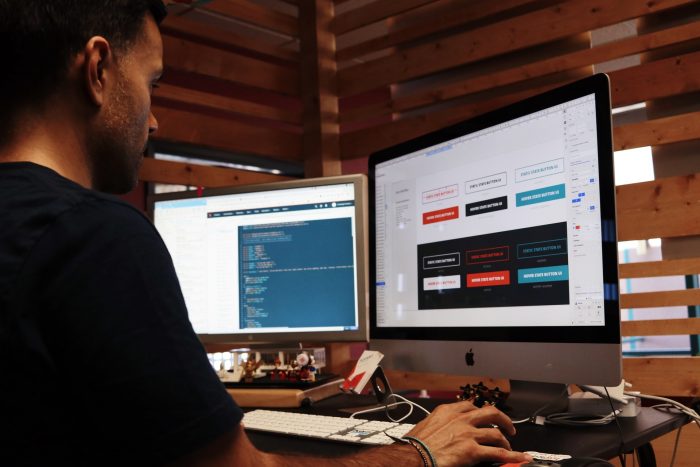
Hand-drawn design components infuse websites with passion and humanity, which consumers who are bored of technology crave.
This rebellious trend is nearly the polar opposite of pixel-perfect, so show off your jagged edges and exposed shapes to demonstrate how human and realistic your brand is.
6. Dark Mode
Dark mode, which was a prominent trend in 2024 due to OLED screens, will become substantially more well-known one year from now.
At the moment, it appears to be basic, decent, and attractive. Telegram, Instagram, Twitter, Facebook, and Apple are just a few well-known companies that provide elective subjects on their platforms.
7. Shadows, Layers, and Drifting Components
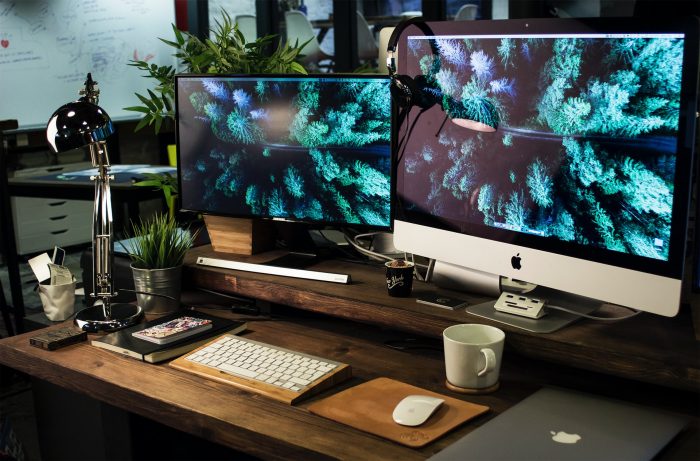
Delicate shadows and swaying elements provide a pseudo-3D effect, making layouts more layered and intriguing.
This pattern anticipates profundity. It fits with the image and text, giving the design a delicate sense.
8. Photography and Graphics
The use of authentic images combined with art or graphics effectively conveys the brand’s personality. The visual style of these images might influence how people understand the idea – cartoon swirls are better for something more lighthearted, while geometric ones are better for something more sophisticated. High-quality photos are already impressive, but adding cool designs can truly highlight your creative abilities.
9. Light and Neon
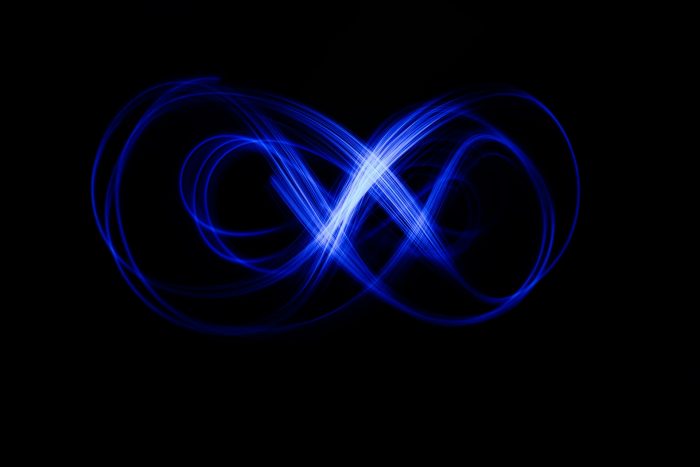
Blue, purple, and brilliant pink are entire futuristic colors that give the design a sense of shine for the future. To make site design leap off the screen, professionals use bright color choices.
It goes well with other current trends, such as extreme minimalism and dark mode. Luminous colors, on the other hand, can stand out.
10. Immersive 3D Elements
People have long been captivated by volumetric graphics; it’s a trend that’s only been held back by technology and cost. Hyper-realistic 3D imagery, which often spans the entire screen, is the most excellent method to create an immersive experience on your site until virtual reality becomes more prevalent and cost-effective. Nowadays this is especially easy to construct due to highly sophisticated front end frameworks.
Web designers are increasingly using 3D elements as VR/AR technologies gain traction and add beauty and impact to 3D features, thanks to developments in web technology and ongoing improvement of their games.
Sum Up
Your turn to experiment!
Go ahead and try to integrate as many modern web design trends as possible to power up your website. On this website you can find further guidance by hiring some specialists to assist you in developing and optimizing your website according to the web design trends 2024.








